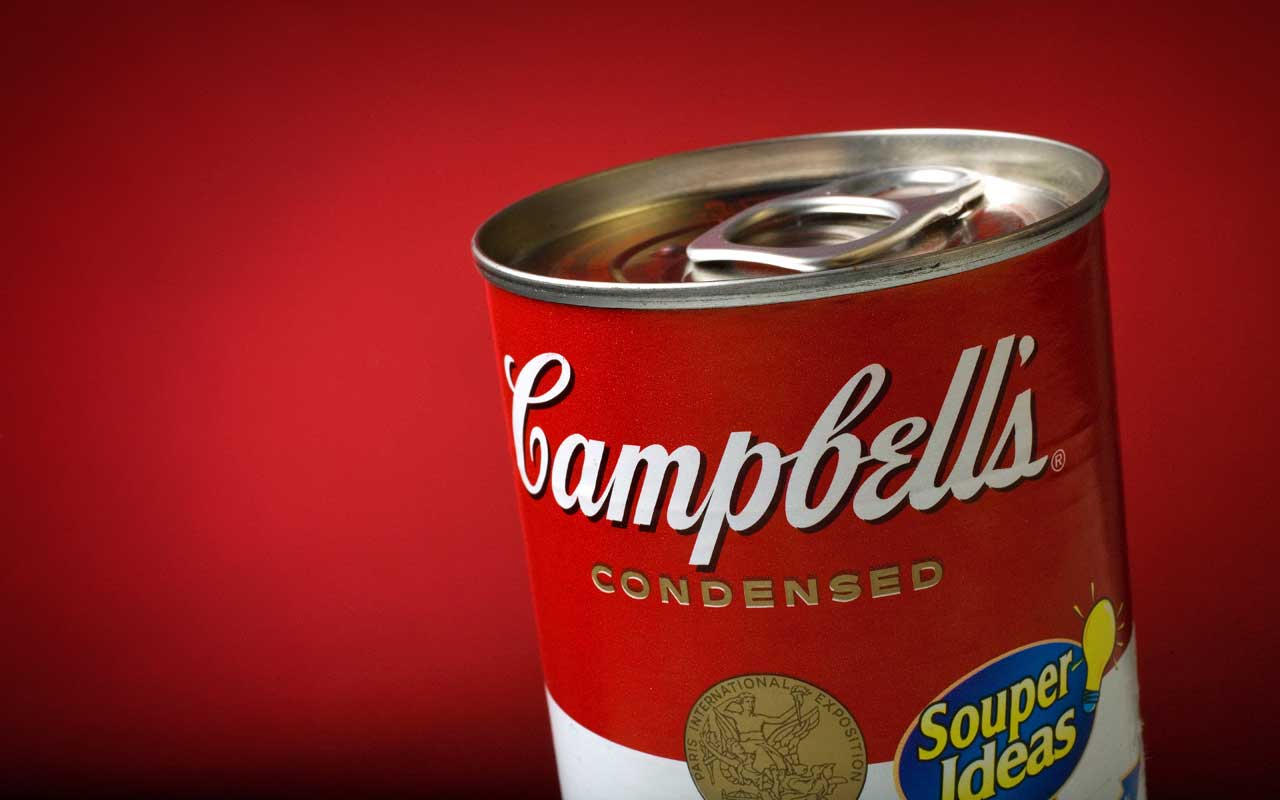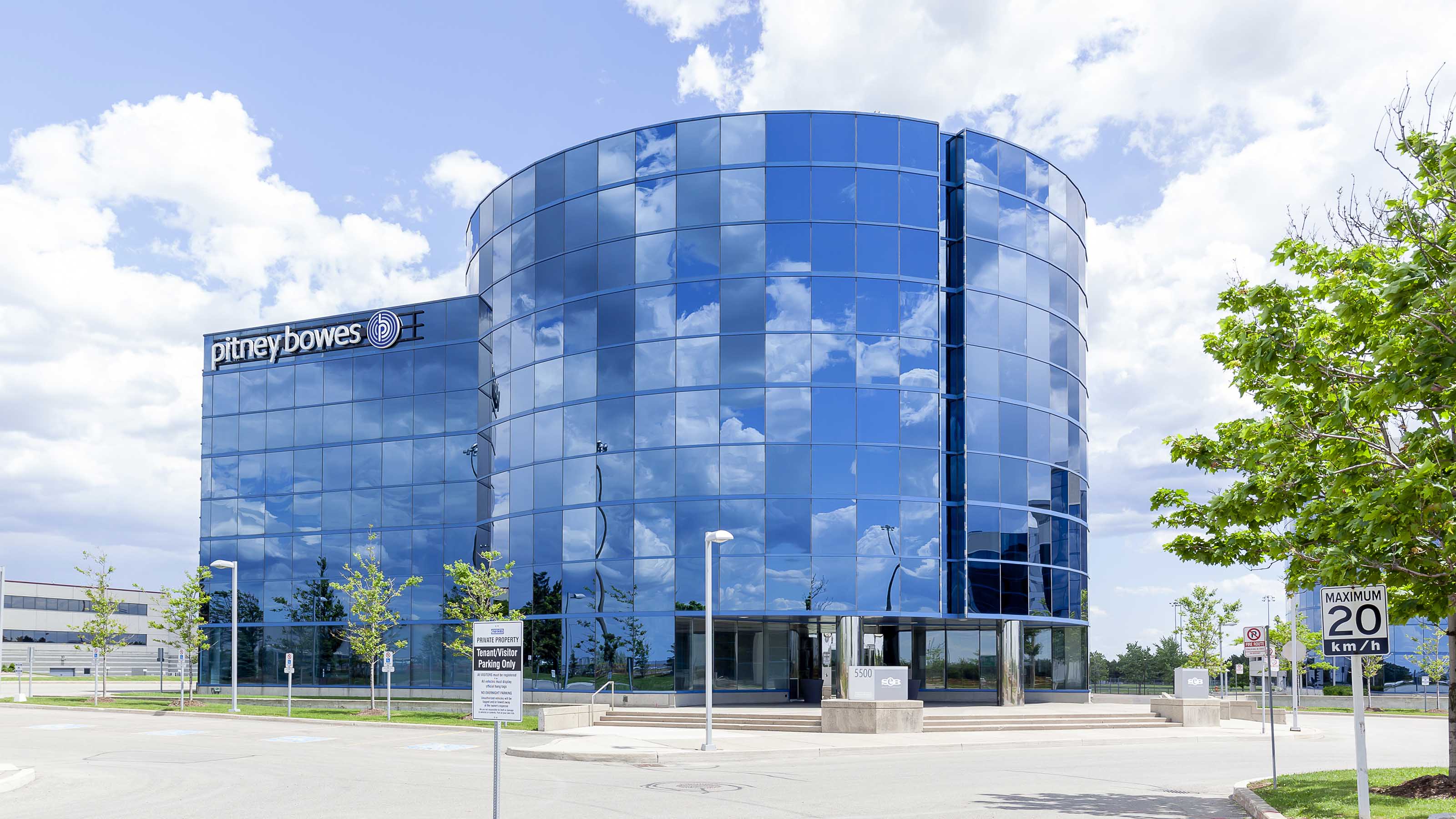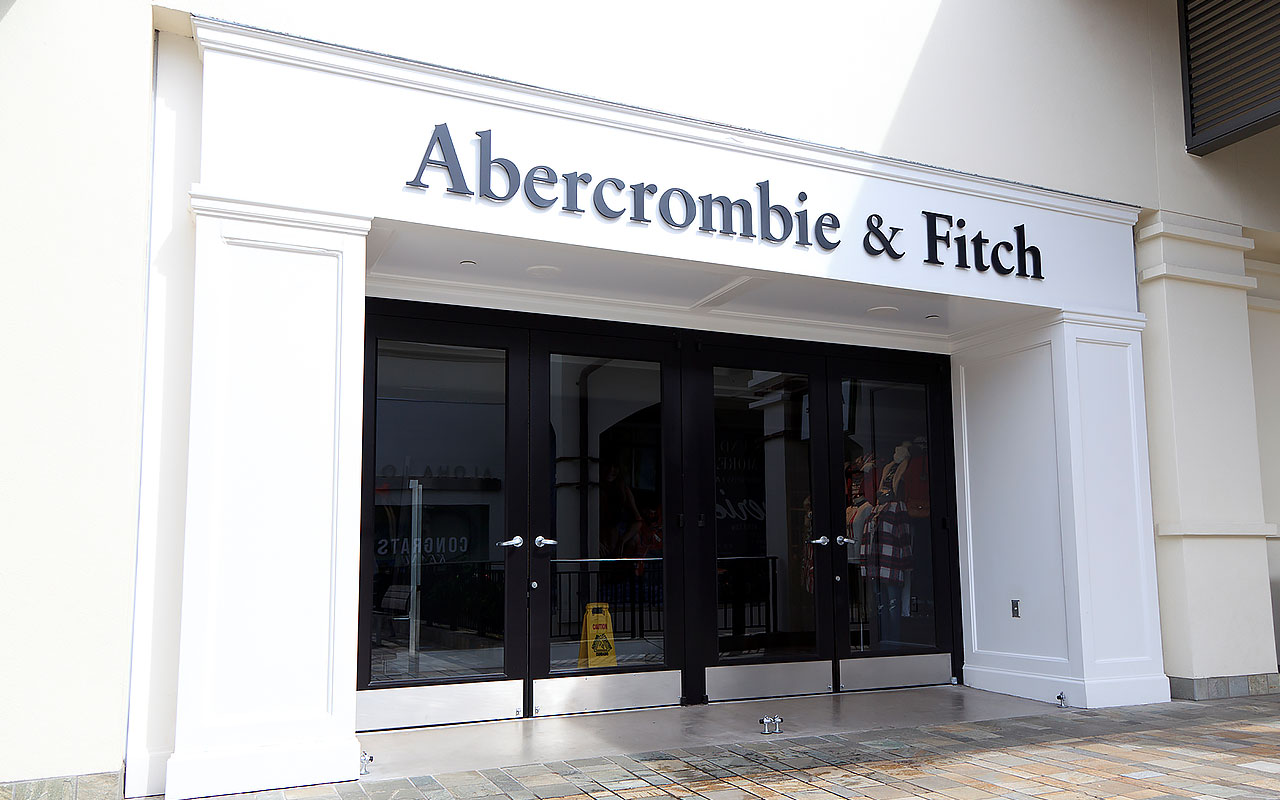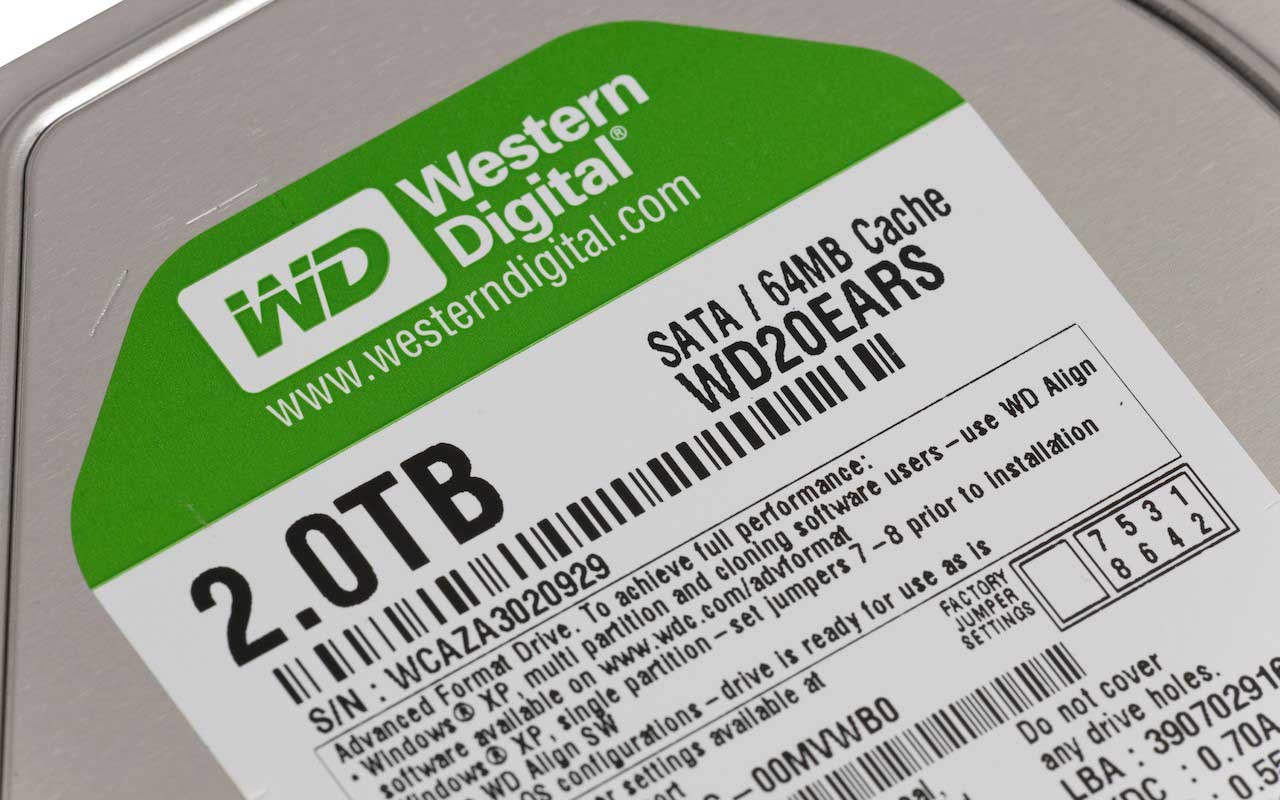9 Dividend Stocks That Are Waving Red Flags
A strong economy typically lifts the broader market, and a rising broader-market tide will lift a lot of boats.


A strong economy typically lifts the broader market, and a rising broader-market tide will lift a lot of boats. But not all of them. Even in the midst of America's longest bull market, numerous publicly traded companies are struggling – including several dividend stocks whose payouts appear to be on thin ice.
Dividend cuts and suspensions are among the worst things that can happen to shareholders – especially those that are relying on that stock for retirement income. Not only are you missing out on cash you were depending on, but the stock's value itself typically suffers ahead of – and after – that kind of announcement.
Fortunately for investors, dividend cuts don't come out of nowhere. Even once-proud blue chips such as General Electric (GE) and Kraft Heinz (KHC) telegraphed considerable financial issues before ultimately slashing their regular payouts. But investors need to heed these signs. For instance, high yields – especially if a stock's yield is much higher than its industry peers – can be a sign of heightened risk and a struggling stock (as stock prices go down, dividend yields go up). Also, watch out for companies that pay out most or all of their earnings in dividends, as they will have little breathing room should their profits dip.
Here, we look at nine dividend stocks that are flashing warning signs of a payout cut. Some of these companies have already chopped their dividends within the past few years. Some of them have maintained or even grown their payouts of late. In no case is a dividend cut or suspension a guarantee, but all of them face issues that, at the very least, should have current and prospective shareholders on their guard.
Disclaimer
Data is as of Nov. 3. Stocks listed by yield. Dividend yields are calculated by annualizing the most recent payout and dividing by the share price.

Campbell Soup
- Market value: $14.0 billion
- Dividend yield: 3.0%
Campbell Soup (CPB, $46.54) once was among the most reliable dividend stocks in the consumer staples sector. However, lately, it has been shedding assets to cut costs and free up cash for debt reduction. In August, the company confirmed that KKR & Co. (KKR) was buying its Australian snacks unit, Arnott's, as well as other international operations, for $2.2 billion. In September, it sold off Denmark-based Kelsen Group for $300 million.
Campbell shares recovered somewhat in August after the company reported better-than-expected June-quarter earnings. However, Bank of America analyst Bryan Spillane viewed this price jump as a selling opportunity, writing in late August that 2020 has the potential for "no growth." CPB is guiding for 1% to 3% sales growth next year, but Spillane notes that fiscal 2020 will have an extra week, making actual 2020 sales comparisons flat.
In addition to sluggish growth, Campbell’s massive $9.5 billion debt load limits its options because extra cash flow must go toward debt reduction.
The company 2019 EPS from continuing operations at $1.57 barely covered its $1.40 annual dividend, resulting in a high payout ratio of nearly 90%. That dividend, by the way, has stood still since 2017 – and that's unlikely to change, given that the company's own three-year turnaround doesn't see its sales/EPS trajectory changing much before 2021.
All of these factors and more have contributed to a DIVCON 1 score from the DIVCON dividend health rating system, which uses a 1-to-5 scale to illustrate the strength or weakness of a stock's payout. A DIVCON 1 score indicates a high likelihood of a dividend cut within the next 12 months.

Pitney Bowes
- Market value: $774.2 million
- Dividend yield: 4.4%
Pitney Bowes (PBI, $4.53), which was founded almost a century ago, is a longstanding industry leader in postage meters and mailing services. But the company has been forced to pivot away from its legacy business as the volume of physical mail declines. More recently, PBI has been acquiring mailing, shipping and financing operations that serve small and medium-sized businesses.
Pitney Bowes' portfolio restructuring is progressing, but the company's profits are declining thanks to investments in the new businesses, which also carry lower margins than its legacy operations. In its second quarter reported in August, earnings were cut by more than half on revenues that slumped 9%. Later that month, PBI announced the sale of its Software Solutions business and recast its 2019 EPS estimates, going from a range of 90 cents to $1.05 per share to a range of 65 to 75 cents per share.
PBI is among several dividend stocks on this list that have already slashed payouts once this year. Pitney Bowes' dividend was reduced from 18.75 cents per share to just a nickel. Yet its dividend coverage is just so-so – its June-quarter free cash flow (FCF) of $13 million matched up against $9 million in dividend payments. Leverage remains high, too; its $3.4 billion in debt is more than four times the market value of the company, and a similar multiple of its $830 million in cash.
Moody's was concerned enough about this debt load to lower Pitney Bowes' credit rating in April, resulting in a 25-basis-point increase in the interest rate it pays on its debt.

Abercrombie & Fitch
- Market value: $1.1 billion
- Dividend yield: 4.7%
Abercrombie & Fitch (ANF, $17.02) is a mall-based apparel retailer that has been crushed by the simultaneous rise of online shopping and "fast fashion." The company operates more than 860 stores under its Abercrombie & Fitch, Hollister and Abercrombie Kids brands across North America, Asia, Europe and the Middle East.
Abercrombie's sales are in an uptrend since 2017, but still are 4% less than what the company generated back in 2015. ANF shares suffered a double-digit loss in August after the company announced declining June-quarter sales and flat comparable-store sales. It also forecast a full-year decline in gross margins, versus previous guidance for wider margins, and said it expected flat to 2% growth in full-year sales – a downgrade from previous guidance for a 2% to 4% improvement.
The company does have nearly $500 million of cash – a relatively generous war chest, given its size, that ANF has been using on stock buybacks. The company has spent $126.5 million on repurchases, as well as another $80 million on dividends. However, the buybacks look like a poor use of the cash, given that the vast majority repurchases in 2018 and the first half of 2019 came at a significant premium to current prices.
The retailer's dividend payout ratio has declined from 107% last year (that means it was paying out more than it was earning in profits) to 80% over the past 12 months. However, analysts project the company will earn just 76 cents per share this year – 4 cents less than it's scheduled to dole out in cash distributions.
At the very least, expect the dividend to continue its seven-year streak of standing still. If Abercrombie's financials worsen, the buybacks could dry up, as could the dividend.

Western Digital
- Market value: $16.0 billion
- Dividend yield: 3.7%
Western Digital (WDC, $53.83), a high yielder among technology dividend stocks, manufactures computer hard drives and data storage devices. The company also was a second-tier player in the dedicated-storage-systems market – competing against the likes of Dell EMC, Hewlett Packard Enterprise (HPE) and International Business Machines (IBM) – but recently decided to exit that business. WDC sold its IntelliFlash division and announced it would explore strategic options for its ActiveScale business.
Western Digital's previous fiscal year ending in June saw a 20% sales decline and net losses of $2.58 per share. It recently broke a four-quarter string of earnings misses with a profit beat for the quarter ended Oct. 4., but December-quarter earnings guidance disappointed the analyst community. Western Digital also is dealing with a management shift; the company announced CEO Steve Milligan will retire once WDC finds a successor.
If analysts' projections for this year pan out, Western Digital's payout ratio will be a hefty 76%, on a 50-cent quarterly dividend that hasn't grown in years. Meanwhile, the company has $10.2 billion in debt, and owes $1.2 billion in debt over the next three fiscal years alone. If pricing in the flash market remains near cyclical lows, Western Digital may need to trim its dividend to focus on deleveraging.
Evercore analyst C.J. Muse raised the specter of a dividend cut last January, noting that with high debt, the current $2.00 dividend, and free cash flow tracking only $2.35 per share in fiscal 2020, Western Digital would be hard-pressed to maintain its dividend. Commenting on WDC stock in September, Muse acknowledged that NAND pricing may be reaching an inflection point but said there are still "structural headwinds limiting the magnitude of the recovery" that should return in 2020.

L Brands
- Market value: $4.8 billion
- Dividend yield: 6.8%
L Brands (LB, $17.54) is known for its Victoria's Secret, Pink and Bath & Body Works brands, sold through more than 3,600 stores.
The company – weighed down by online competition, fading brand power, slumping comparable-store sales and a heavy debt load – announced a turnaround plan in September that didn't do much to wow analysts.
BofA Merrill Lynch's Lorraine Hutchinson wrote that "It is too early to tell if recent marketing changes will move the needle and we view the brand's strategy to reduce choice count by 50% for holiday as very risky." MKM Partners' Roxanne Meyer said the efforts could take time: "Even if the product/vision does take hold, it could take several quarters to wean customers off of the intense promotional activity they expect."
L Brands' comparable-store sales dropped 1% in the June quarter, hampered by a 6% decline at Victoria's Secret. Earnings per share sank by 61% year-over-year. During the first half of 2019, LB earned 28 cents per share in profits – less than half of what it needed to cover 60 cents per share in cash distributions. And that reflects a 50% cut to the dividend earlier this year.
The company now sits on about $9.2 billion in debt against $853 million in cash – a number that has plunged by 40% in just six months. Adding to this retailer's woes: CEO Les Wexner is trying to distance himself from the Jeffrey Epstein scandal (Epstein managed Wexner's money for years), and in August, L Brands announced the departure of CMO Ed Razek, who had led the company's marketing efforts since the early 1980s.

Occidental Petroleum
- Market value: $37.8 billion
- Dividend yield: 7.5%
The story of Occidental Petroleum (OXY, $42.29) changed significantly earlier this year when it bid $38 billion to acquire rival Anadarko – piling on debt and issuing $10 billion of dividend-paying preferred stock to Berkshire Hathaway in the process. While the deal makes Occidental significantly larger, analysts question whether it makes the company more valuable. Evercore analyst Doug Terreson wrote in September that the takeover "destroyed value" and reduces OXY's return on capital employed by 30%.
In August, Occidental shares slumped to their lowest level in more than a decade after the company revealed some of its acquired assets were hampered by downtime and short-term processing limitations. The company was forced to issue weak production guidance for both the third quarter and the full year.
Interest payments on its massive debt load, coupled with $800 million of annual dividend payments on the preferreds it issued to Berkshire, could put serious strain on Occidental's ability to pay dividends on its common stock. Like other dividend stocks, OXY's situation could get even worse if oil prices decline.
The company extended its streak of dividend hikes to 17 consecutive years with a penny-per-share bump to 79 cents quarterly. That comes out to $3.16 per share. However, analysts on average project 2019 earnings per share (EPS) of $2.58, then $1.93 in 2020.
Occidental says it wants to move quickly to reduce debt, which hints that cash flow may be redirected from dividends to deleveraging. SunTrust analyst Neal Dingmann rated the stock Hold in September, saying it will need to make "key external transactions" to reduce its leverage. It also believes growth will suffer as OXY makes sure it generates enough cash flow to take care of shareholders.

Torc Oil & Gas
- Market value: $570.9 million
- Dividend yield: 8.8%
Torc Oil & Gas (VREYF, $2.61) is a Canadian energy company that owns oil and gas assets in southeastern Saskatchewan and central Alberta's prolific Cardium play. It's likely the least-recognizable name on this list – it only trades in America over-the-counter – but its sky-high yield and monthly payout schedule might still attract some interest.
The company has a C$180 million capital spending program this year that's focused on sustainability and protecting the balance sheet. The company lists its strategic priorities as maintaining a strong balance sheet and managing production declines via development and tuck-in acquisitions.
Interestingly, Torc spelled out in its recent investor presentation that the "dividend is a capital allocation decision." Indeed, the company has trimmed its payout in the past amid weak oil prices. Torc reduced its monthly dole by 56% in 2016 – from 4.5 Canadian cents per share to 2 cents – and has only brought that figure back up to 2.5 cents per share across a pair of hikes since.
Torc doesn't have much breathing room to cover its current payout if oil prices drop. At prices of US$55 per barrel of West Texas Intermediate crude, Torc estimates capital spending and dividends will consume 82% of cash flow. At $50 per barrel, they consume 100%. Oil prices currently sit around $57 per barrel, so Torc is in the clear. But its situation becomes much hairier should the commodity decline to late 2018 levels.

Tupperware Brands
- Market value: $474.7 million
- Dividend yield: 11.1%
Tupperware Brands (TUP, $9.73) faces an uphill battle to protect its dividend due to steadily declining sales and earnings. Best known for its plastic storage containers, the company has fallen on hard times due to millennial customers switching to more eco-friendly alternatives and online shoppers rejecting the company's direct-to-consumer model, which relies on sales through its 2.9 million-member independent sales force.
Tupperware has missed consensus analyst sales and earnings estimates for three consecutive quarters. Its latest miss was a doozy – Q3 profits of 43 cents per share, versus expectations for 62 cents. Worse: Sales declined across all its geographic markets, and the number of active sellers fell 9%, suggesting no quick fix to Tupperware's revenue woes.
The road ahead looks bleak, too. Tupperware lowered its full-year sales forecast, from a revenue decline of 9% to 11% to a decline of 12% to 14%. Its full-year EPS guidance, for $2.77 to $2.83 per share, also was well short of consensus expectations for $3.47 per share.
Troubling for the dividend is downgraded cash flow expectations. The company expects cash flow from operations (net of investing) of $65 million to $80 million for the year. But Tupperware is on pace to pay out roughly $73 million in dividends. Granted, the company did cut its dividend by 60%, slashing its quarterly dividend obligation to about $13.2 million. But its declining cash flow suggests that another cut might be necessary – especially considering that TUP is on the hook for nearly $45 million annually in interest expense payments, too.
Tupperware has delivered a dividend for roughly two decades, but that payout hasn't gone anywhere but down since 2013. The previous cut shows that the distribution isn't sacred, seemingly increasing the possibility it could be cut again to conserve cash.

Washington Prime Group
- Market value: $822.9 million
- Dividend yield: 22.7%
Washington Prime Group (WPG, $4.41) is a landlord of Class B and C mall properties (read: typically older, and often in less-than-desirable locations).
While a nearly 23% dividend yield certainly captures the attention, investors should note that the high yield is the product of a plunging share price – WPG stock has lost more than half its value over the past three years. The real estate investment trust (REIT) has been hammered by tenant bankruptcies and falling occupancy rates. Major tenants recently lost to bankruptcy include Bon-Ton, Charlotte Russe, Gymboree, Payless Shoes, Sears and Toys "R" Us.
Washington Prime expects adjusted funds from operations (FFO, a key REIT earnings metric) to come in between $1.16 and $1.24 per share this year, down significantly from last year's $1.52 per share, which itself fell from $1.63 per share in 2017. Meanwhile, the dividend has been locked in at 25 cents quarterly for years, so the FFO payout ratio has bulged to a current 83%.
The payout situation looks even worse when you consider Washington Prime's debt and capital spending needs. Washington Prime ended the September quarter with $3 billion in debt, or about four times the company's market value. The company also expects to spend between $90 million and $115 million on redevelopment projects by the end of this year – a vital expenditure considering the age of some of its properties.
While the company has affirmed its dividend guidance for the rest of the year, WPG's cash situation is headed in the wrong direction. Even if it does maintain its dividend at current levels, doing so might come at the expense of other needs.
Get Kiplinger Today newsletter — free
Profit and prosper with the best of Kiplinger's advice on investing, taxes, retirement, personal finance and much more. Delivered daily. Enter your email in the box and click Sign Me Up.

Lisa currently serves as an equity research analyst for Singular Research covering small-cap healthcare, medical device and broadcast media stocks.
-
 Get Netflix, Hulu and Apple TV Plus for Free by Joining T-Mobile
Get Netflix, Hulu and Apple TV Plus for Free by Joining T-MobileT-Mobile customers save up to $35/month on streaming services thanks to this Netflix, Hulu and Apple TV Plus bundle. Here’s how to get it.
By Rachael Green
-
 Missed Tax Day? Nearly One Million Taxpayers Still Can File and Claim Valuable Tax Refunds
Missed Tax Day? Nearly One Million Taxpayers Still Can File and Claim Valuable Tax RefundsTax Refunds Some folks don’t file taxes simply because they don’t earn enough, but they could be missing out on a significant tax refund.
By Gabriella Cruz-Martínez
-
 The Cheapest Places To Retire in the US
The Cheapest Places To Retire in the USWhen you're trying to balance a fixed income with an enjoyable retirement, cost of living is a crucial factor to consider.
By Stacy Rapacon
-
 Dividends Are in a Rut
Dividends Are in a RutDividends may be going through a rough patch, but income investors should exercise patience.
By Jeffrey R. Kosnett
-
 Municipal Bonds Stand Firm
Municipal Bonds Stand FirmIf you have the cash to invest, municipal bonds are a worthy alternative to CDs or Treasuries – even as they stare down credit-market Armageddon.
By Jeffrey R. Kosnett
-
 Can Stocks Picked by Artificial Intelligence Beat the Market? 3 Stocks to Watch
Can Stocks Picked by Artificial Intelligence Beat the Market? 3 Stocks to Watchstocks An artificial intelligence stock-picking platform identifying high-potential equities has been sharp in the past. Here are three of its top stocks to watch over the next few months.
By Dan Burrows
-
 High Yields From High-Rate Lenders
High Yields From High-Rate LendersInvestors seeking out high yields can find them in high-rate lenders, non-bank lenders and a few financial REITs.
By Jeffrey R. Kosnett
-
 Time to Consider Foreign Bonds
Time to Consider Foreign BondsIn 2023, foreign bonds deserve a place on the fringes of a total-return-oriented fixed-income portfolio.
By Jeffrey R. Kosnett
-
 5 Stocks to Sell or Avoid Now
5 Stocks to Sell or Avoid Nowstocks to sell In a difficult market like this, weak positions can get even weaker. Wall Street analysts believe these five stocks should be near the front of your sell list.
By Dan Burrows
-
 Best Stocks for Rising Interest Rates
Best Stocks for Rising Interest Ratesstocks The Federal Reserve has been aggressive in its rate hiking, and there's a chance it's not done yet. Here are eight of the best stocks for rising interest rates.
By Jeff Reeves
